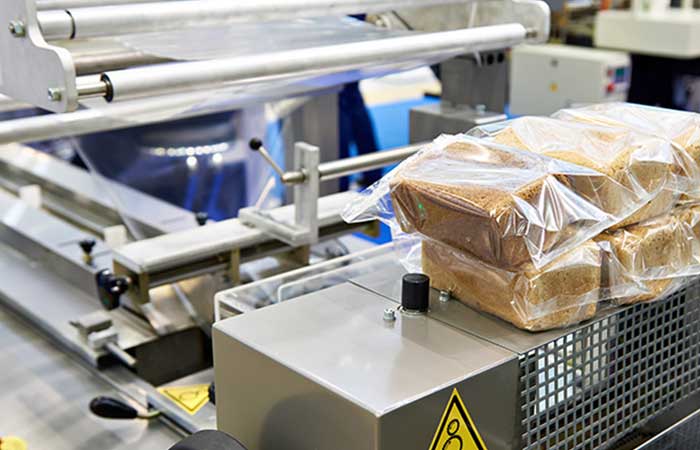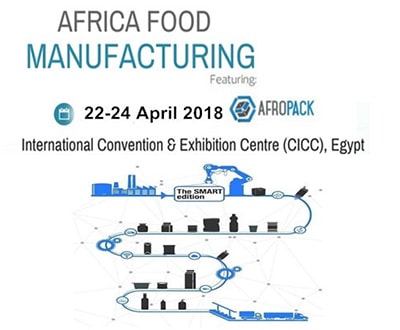The Art of Model Packaging: A Guide to Deploying Machine Learning Models
The Art of Model Packaging: A Guide to Deploying Machine Learning Models
Machine learning models are powerful tools that can help businesses make data-driven decisions, optimize processes, and gain competitive advantages. However, building a successful machine learning model is only one part of the process. Deploying and packaging these models effectively is equally important to ensure their seamless integration into production systems. In this blog post, we will explore the best practices and tools for packaging machine learning models for deployment.
Why Model Packaging Matters?
Model packaging is the process of preparing a machine learning model for deployment so that it can be easily integrated into an application or system. Proper model packaging ensures that the model can be run consistently in different environments, making it easier for developers to leverage its predictive capabilities without worrying about compatibility issues.
Best Practices for Model Packaging
1. Use Containerization: Containerization technologies like Docker are ideal for packaging machine learning models along with their dependencies. They provide a lightweight and reproducible environment for running models in various deployment scenarios.
2. Version Control: Keep track of different versions of your model and its packaging to facilitate collaboration, debugging, and rollback in case of issues. Tools like Git can help manage versions effectively.
3. Include Documentation: Documenting the model’s input and output specifications, dependencies, and any preprocessing steps can make it easier for others to understand and use the model in production.
Tools for Model Packaging
1. Docker: Docker is a popular containerization platform that allows you to package your model along with its dependencies into a portable container.
2. TensorFlow Serving: If you are working with TensorFlow models, TensorFlow Serving provides a convenient way to deploy machine learning models in production environments.
3. ONNX Runtime: ONNX Runtime is an open-source, high-performance scoring engine for Open Neural Network Exchange (ONNX) models, which can be beneficial for deploying models across different platforms.
Conclusion
Model packaging is a crucial step in the machine learning lifecycle that ensures the successful deployment of models into production systems. By following best practices, utilizing containerization technologies, and leveraging tools specifically designed for model deployment, data scientists and developers can streamline the process of packaging machine learning models and maximize their impact on business operations.
-
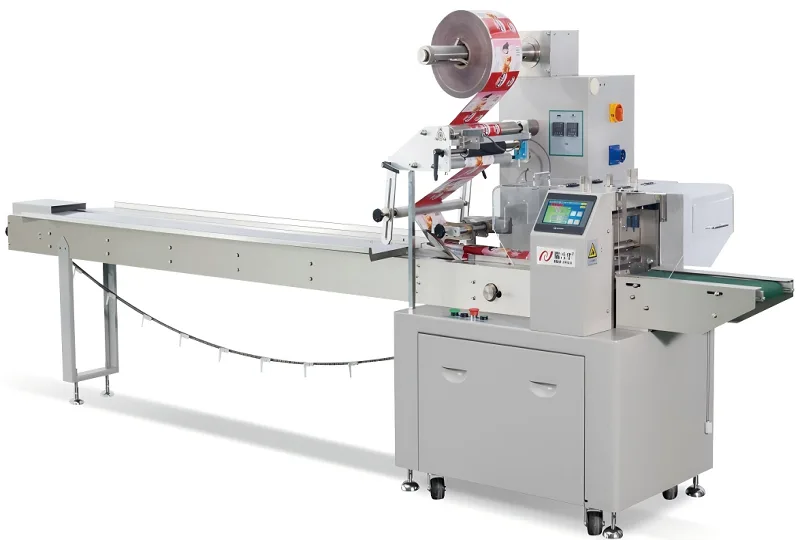 01
01Automatic Tray Loading and Packaging Equipment: Boost Efficiency to 160 Bags/Minute
21-11-2025 -
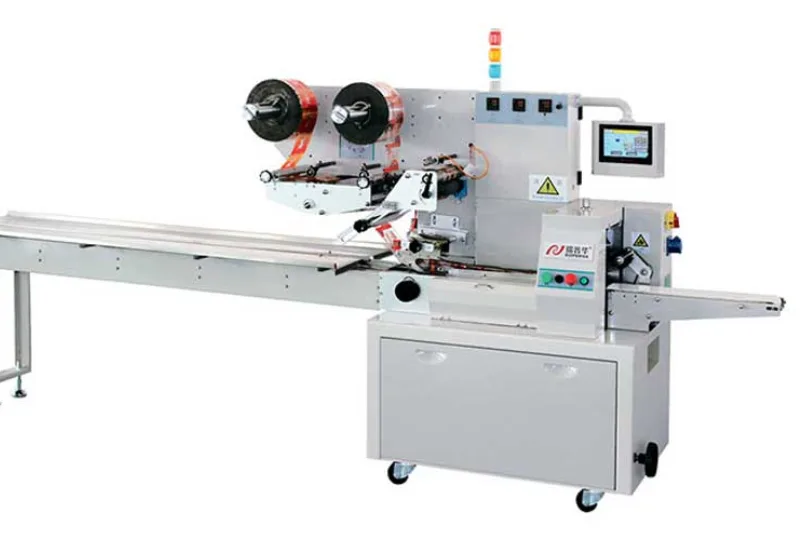 02
02Automatic Soap Packaging Machine: Boost Productivity with 99% Qualification Rate
21-11-2025 -
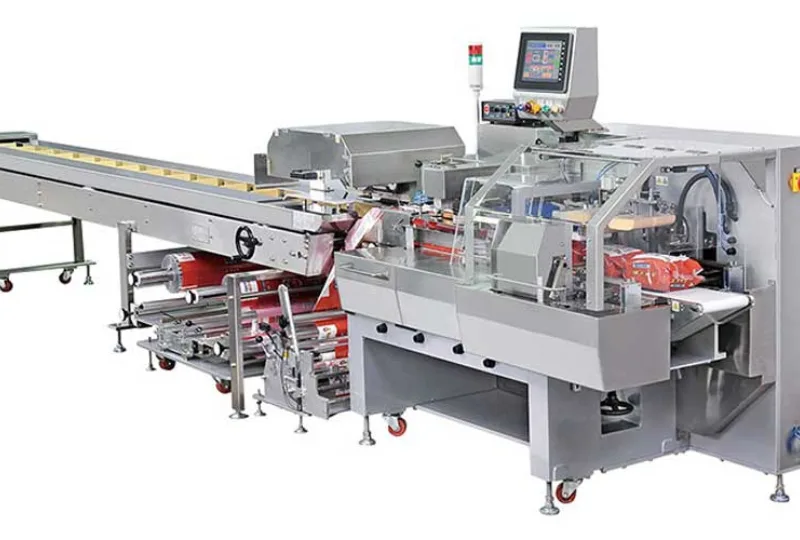 03
03A Deep Dive into Automatic Toast Processing and Packaging System
18-11-2025 -
 04
04The Future of Bakery Production: Automated Toast Processing and Packaging System
18-11-2025 -
 05
05Reliable Food Packaging Solutions with China Bread, Candy, and Biscuit Machines
11-10-2025 -
 06
06High-Performance Automated Food Packaging Equipment for Modern Production
11-10-2025 -
 07
07Reliable Pillow Packing Machines for Efficient Packaging Operations
11-10-2025 -
 08
08Advanced Fully Automatic Packaging Solutions for Efficient Production
11-10-2025 -
 09
09Efficient Automatic Food Packaging Solutions for Modern Production
11-10-2025 -
 10
10Advanced Automatic Packaging Equipment for Efficient Production
11-10-2025



